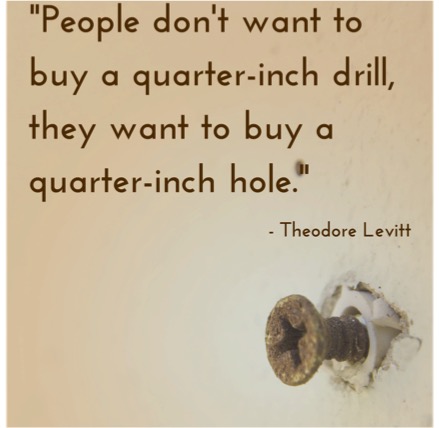
Not Most Valuable Player, Member Value Proposition
It may seem obvious to say this, but people have to choose to join your association. What are their other options?
- Join a competitor non-profit
- Join a competitor for-profit (yes, there are for-profit membership organizations)
- Be a customer (that is, buy programs, products, and services a la carte rather than joining)
- Self-organize (LinkedIn group, Facebook group, Slack channel, etc.)
- Do nothing
Your answer to why they should choose you rather than one of these other things is your Member Value Proposition (MVP), that is the programs, products, and services you offer that are designed to help your members achieve their desired outcomes and solve their most pressing professional problems that also align with your mission.
Sounds simple, right?
The problem is, association professionals tend to define MVP from the association’s internal perspective: “How can we convince members to think what we’re doing is valuable?”
That’s backwards.
One, it inclines us to think in terms of lists of features rather than benefits:
A certification program is a FEATURE.
Holding the most recognized credential in the field that all the top employers demand and that will let you command a higher salary is a BENEFIT.
A member directory is a FEATURE.
The ability to locate local peers with whom you can collaborate to solve problems and discuss issues critical to your professional success is a BENEFIT.
Two, MVP, much like brand, is NOT defined by the association – it’s defined by the people we serve.
So rather than asking ourselves how to convince people to like what we have, we should be asking things like:
-
- What are our members’ most important goals?
- What are their most pressing problems?
- What can we provide to help them?
That is, we need to be making what we can sell, not trying to sell whatever it is we’ve already decided we want to make.
How do you discover what your audiences’ most important goals and most pressing problems are? You ask, and pay attention to what people tell you. And “telling” you isn’t just survey responses – it’s also focus groups and interviews and emails and phone calls and hallway conversations at your events and offhand remarks and analyzing the data on their behavior (what do they open, click, read, share, like, recommend, BUY?) and paying attention to industry and larger socioeconomic trends.
Every staff member and every volunteer in your association needs to be a sponge for information about your audiences and needs to share what they learn as widely as possible. And then you need to act based on what you learn.
That’s how you ensure that your MVP is strong.
Levitt quote image found here.